Late last year I had the privilege of being invited along to the first Long Range Shooting course run by Precision Shooter. The event was not only an introduction to long range shooting for many, but also the first event of its kind.
The LRS Level 1 – Fundamentals class was primarily focused around getting shooters of all abilities onto a fairly level playing field, and teaching solid shooting techniques. The course was run by Kerry from The Bloke and Precision Shooter, but most of the content was delivered by Christian Neubauerx – Beretta’s head gunsmith in New Zealand. With 20+ years of experience as a smith, Christian knows his way around a gun better than most.
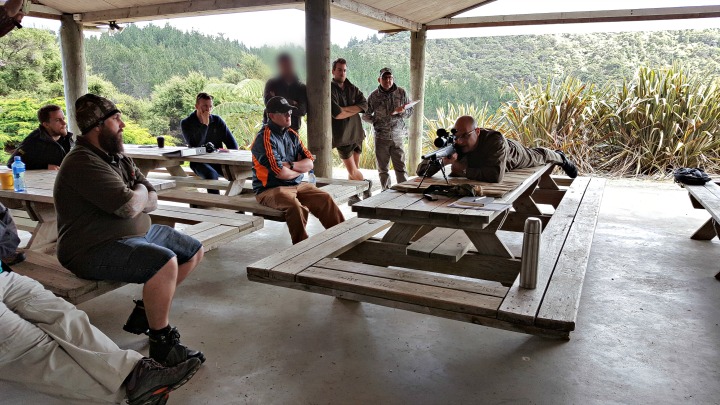
The classroom
The first half of the day was a ‘lecture’ of sorts. Essentially a classroom-like setting, undercover and with the use of props (i.e. rifles and gear). If the word lecture puts you off, don’t let it. Think about all those questions you’ve been researching in internet forums and gun sites. Now imagine an authoritative source, giving you the answers direct, without bias and internet-inspired bravado or stupidity.
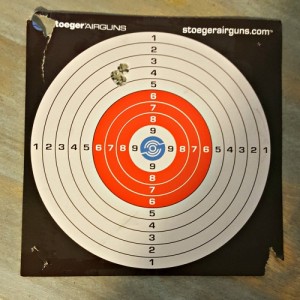
There was plenty of time for questions, and we managed to cover off what kind of rifles make good long range rigs, cartridge choice, shooting equipment and a decent amount of theory (such as MOA vs MIL, etc).
There were plenty of breaks and opportunities for tea/coffee and snacks (all provided). Before heading down to the mound we had a demonstration of shooting technique from Christian, who climbed up onto a long table with his unloaded rifle, and took us through body position and shooting sequence.
The range
Now it was time to put what we learned into practice. Everybody got their gear down to shooting position and racked their rifles. There was a good array of firearms, from utilitarian hunting rifles, through to long range platforms such as the Ruger Precision Rifle, and several in between.
I was shooting my fully supressed Tikka T3 in 6.5×55, residing in an MDT TAC21 chassis, and topped off with a Vortex Viper PST 6-24×50. Having a Tikka, I particularly enjoyed having Christian take the course, as I was able to pick his brain on Tikka-specific issues, such as the trigger creep I was experiencing. As head gunsmith of Beretta NZ, he has forgotten more about these rifles than most could ever hope to know.
The venue for the day was the Swiss Club, north of Auckland. If you’ve ever shot at the ASAR (Any Sights Any Rifle) shoot, you’ll know it’s a pretty sweet set up, and all of your shooting is done from an enclosed shooting position, out of the sun and the wind.
We were shooting at a set distance of 300 m. Hold on you say – “that’s not long range”. Fair comment. Remember this is the fundamentals course. Some of those attending had never shot beyond 100 yards/metres before. Not only was it about bringing these guys up to speed, but it was also about honing fundamental skills, regardless of distance.

Even at 300 m, trying to implement the techniques we had just learned, I did notice a lot more spread in my groups than I would have expected. Basically I was having a shake-up of my technique, and trying to focus on new ways to do things meant not shooting as well as I usually would, but building positive habits to shoot better in the future.
There was one frustration on the day, and that was supporting the rear of the rifle. I had just bought a new bag that was the perfect height for my MDT chassis, which sits higher off the ground than the original Tikka stock. However, the Swiss club is most often used for unsupported shooting of target rifles, with slings and jackets. To suit this purpose the club had built their mound on a slight upwards incline, to better aid body position, while the targets were on a downward angle from the mound.
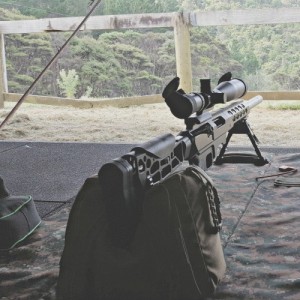
For many of us, this meant struggling somewhat to get the right height/angle on our rifles. Thankfully after trying one of the rear support bags that Kerry had on hand, I was able to get shots downrange with greater consistency. This really inspired me to start looking at purchasing a multipurpose bag for field shoots. I’m not always going to have a perfectly level and stable shooting platform, so a more versatile bag is definitely called for. I haven’t decided yet on the bag I’ll use. I like the idea of the Reasor Gamechanger Bag, but I’ll need to have another thorough look at the options provided by the Gearlocker before I make a final decision.
Coaching
The format of the shoot was focused around improving the individual shooter. We had a few sighters, and then Kerry and Christian gave each shooter individual, one-on-one coaching through a series of single shots. We focused on body position, breathing, eye-relief, rifle mounting, bipod loading and more.
At some point we had lunch, which again, was provided. This was a great opportunity to chat with everyone and see how they were doing and what they were learning.
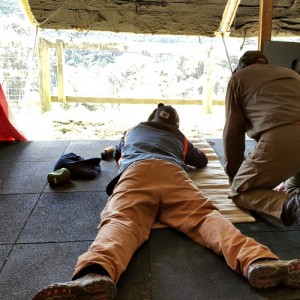
Next up was shooting groups of five. However, instead of simply having Christian or Kerry tell you where your shot landed, we had to try and determine where the shot went, based on how the shot felt. After a while you get pretty good at this. Adding this extra link between action and reaction really helped me identify which parts of my technique and environment were affecting my shot placement.
Unfortunately we ran out of time to complete the shoot, as we learned that the resource consent for shooting is limited to 5 pm. However, after a full day of learning and shooting, no one left feeling disappointed. After packing up we headed back to the club house to do a quick debrief and also to talk about cleaning methods and some other bits and pieces. I found this last casual info session extremely useful, as there is a lot of misinformation and disinformation out there when it comes to proper cleaning technique and which products to use.
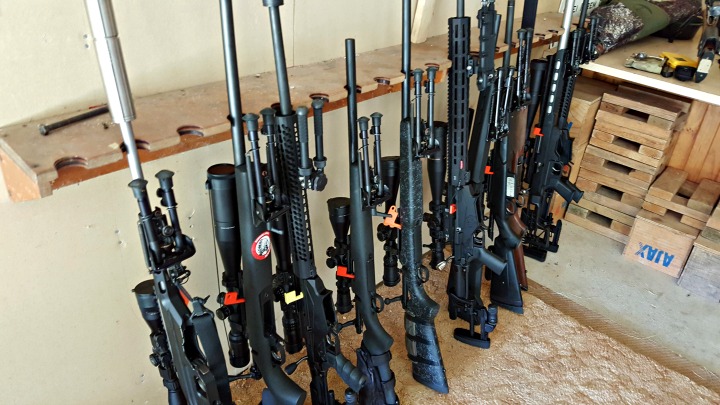
Being the first event of its kind, there were some timing/teething issues, but nothing that negatively impacted my experience of the day. Having been on another course run by Kerry, I know the next Long Range Shooting course will be running like clockwork.
Speaking of the next course… I’ve heard rumours from Precision Shooter that the Level 2 course could be coming up soon, and at distances up to 850 m. Definitely sign up for the Precision Shooter newsletter and keep an eye on their Facebook page so you don’t miss out on that one.
For those who would prefer to start at Level 1 and get their fundamentals solid, I would highly recommend the course, especially for anyone wanting to get into long range competition, or stretch out their ethical hunting ranges. Beginners will benefit the most from this course, but looking back over the 4 pages of notes I took, even those a bit further along the learning curve will take away significant amounts of useful tips and techniques.
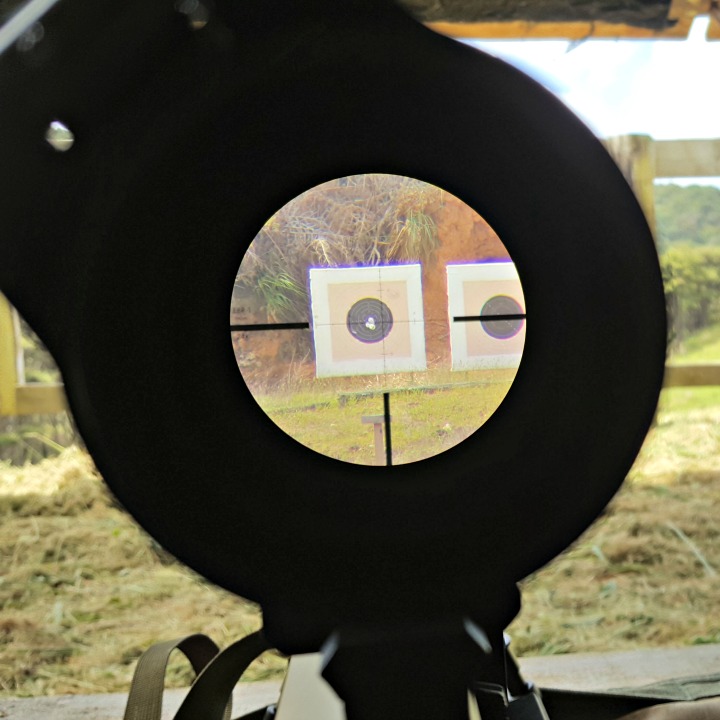
One of the things I learned more about was the effect of cant (tilting) on point of impact – especially at longer ranges. It’s something I hadn’t considered too seriously, and you can bet I’m going to do a tall target test to check out my cant in the near future. Another good tip was, when deciding to use MOA or MIL, think about what kind of shooting you’re going to do. For example, I intend on shooting a bit of F-Class, and they mostly use MOA, so that will be easier for me. Also consider what your shooting buddy uses, so you can speak a common language when it comes to wind calls, etc.
You can read more about the past course here, and don’t forget to sign up for the newsletter to hear about upcoming events.







This is the type of shooting I love to learn because I really love Enemy at the Gates.